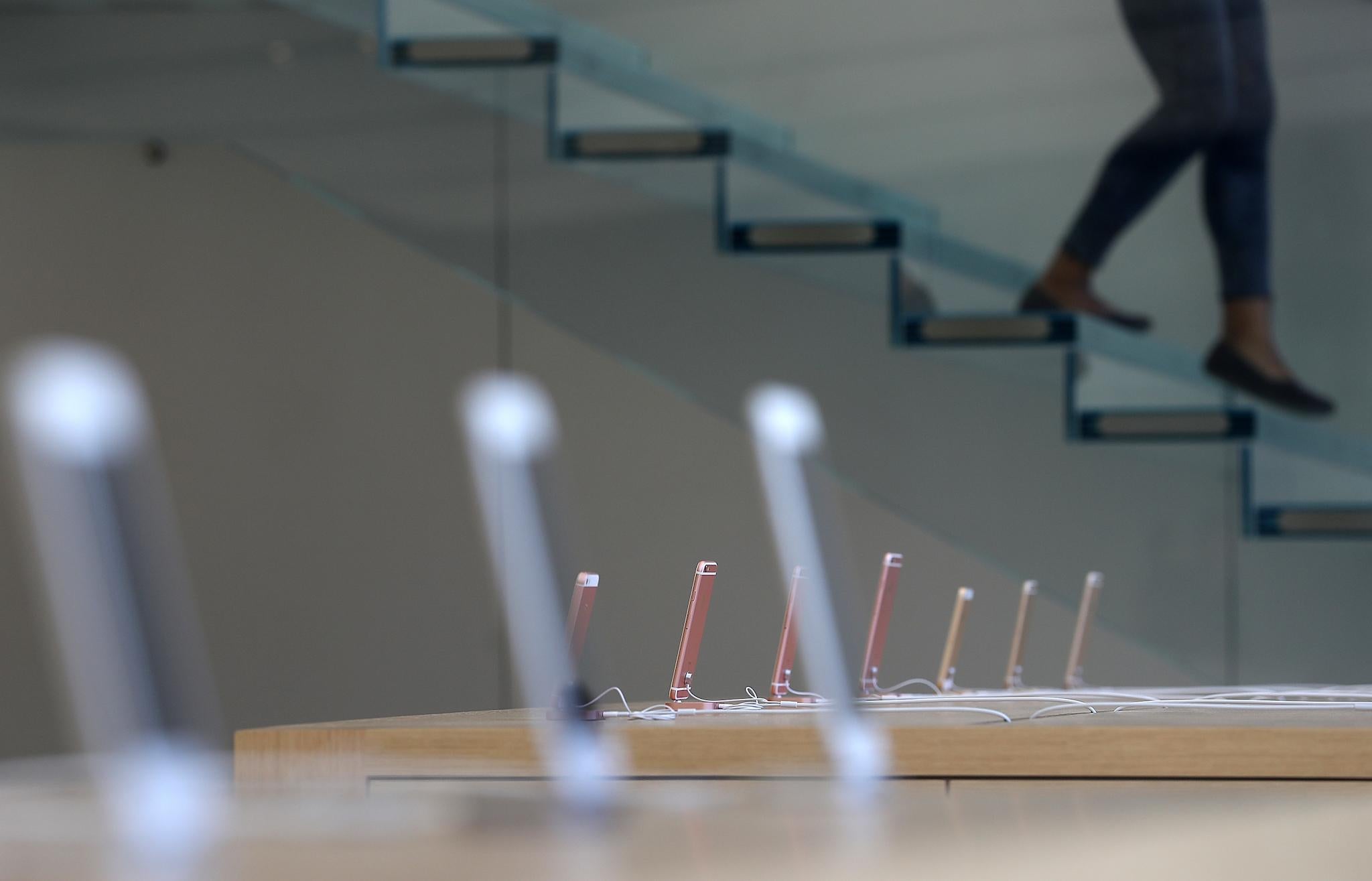iPhone has the worst antenna signal, according to major Nordic study of call quality
The problem is especially bad for people who hold their phone in their left hand

Your support helps us to tell the story
From reproductive rights to climate change to Big Tech, The Independent is on the ground when the story is developing. Whether it's investigating the financials of Elon Musk's pro-Trump PAC or producing our latest documentary, 'The A Word', which shines a light on the American women fighting for reproductive rights, we know how important it is to parse out the facts from the messaging.
At such a critical moment in US history, we need reporters on the ground. Your donation allows us to keep sending journalists to speak to both sides of the story.
The Independent is trusted by Americans across the entire political spectrum. And unlike many other quality news outlets, we choose not to lock Americans out of our reporting and analysis with paywalls. We believe quality journalism should be available to everyone, paid for by those who can afford it.
Your support makes all the difference.The iPhone 6s might be the best-selling phone on the market, for now. But it has one big problem, according to a major new study: it’s the worst for call quality and range.
A major study conducted across the Nordic countries found that of the most popular new phones on the market, the iPhone came in last. And that is especially bad for those who hold their phone in the left hand.
Follow the iPhone launch live here
Many believe that the way that the antenna is placed within the phone is the reason that it runs into such problems – and why holding it in such a way can lead to issues, according to the major study. The research was conducted by Gert Frølund Pedersen, a professor at Denmark's Aalborg University, who conducted it with the support of the Nordic Council of Ministers.
The first part of the research looked at phones as they are tested for specifications – making calls in free space, and looking at how well antennas connected. The second put the phone next to a false “phantom” head and in a variety of different fake hand grips, and then measured how much of a difference that made.
It found that while the iPhone was up with many of the best performing phones when it was in free space – though still below other major phones – it was far lower when measured as being held in a hand.
That means that the problem are far more likely to be present when calling on the phone, and the study found that voice communication can be affected most by weak antennas.
But the variation among phones for data service is still “significant”, the study found. That could partly be a result of the fact that the phone is being held in the hand, and so isn’t being interrupted by the head, the report claimed.
Apple has had issues with its phone’s connections in the past, including with the “death grip” controversy when people claimed that holding the phone wrong would lead to complete data loss.
Join our commenting forum
Join thought-provoking conversations, follow other Independent readers and see their replies
Comments